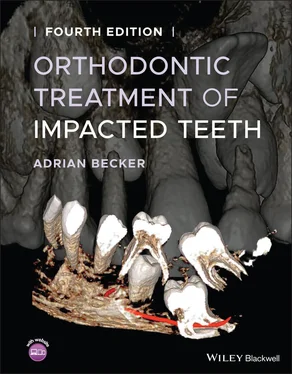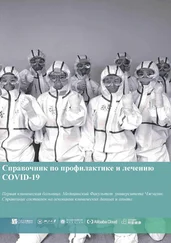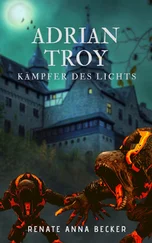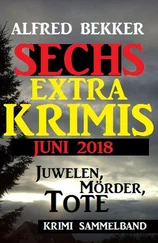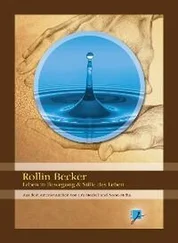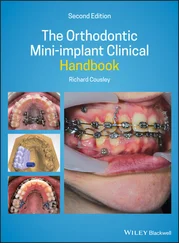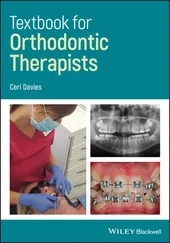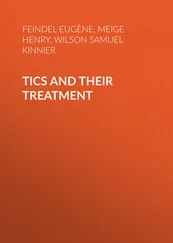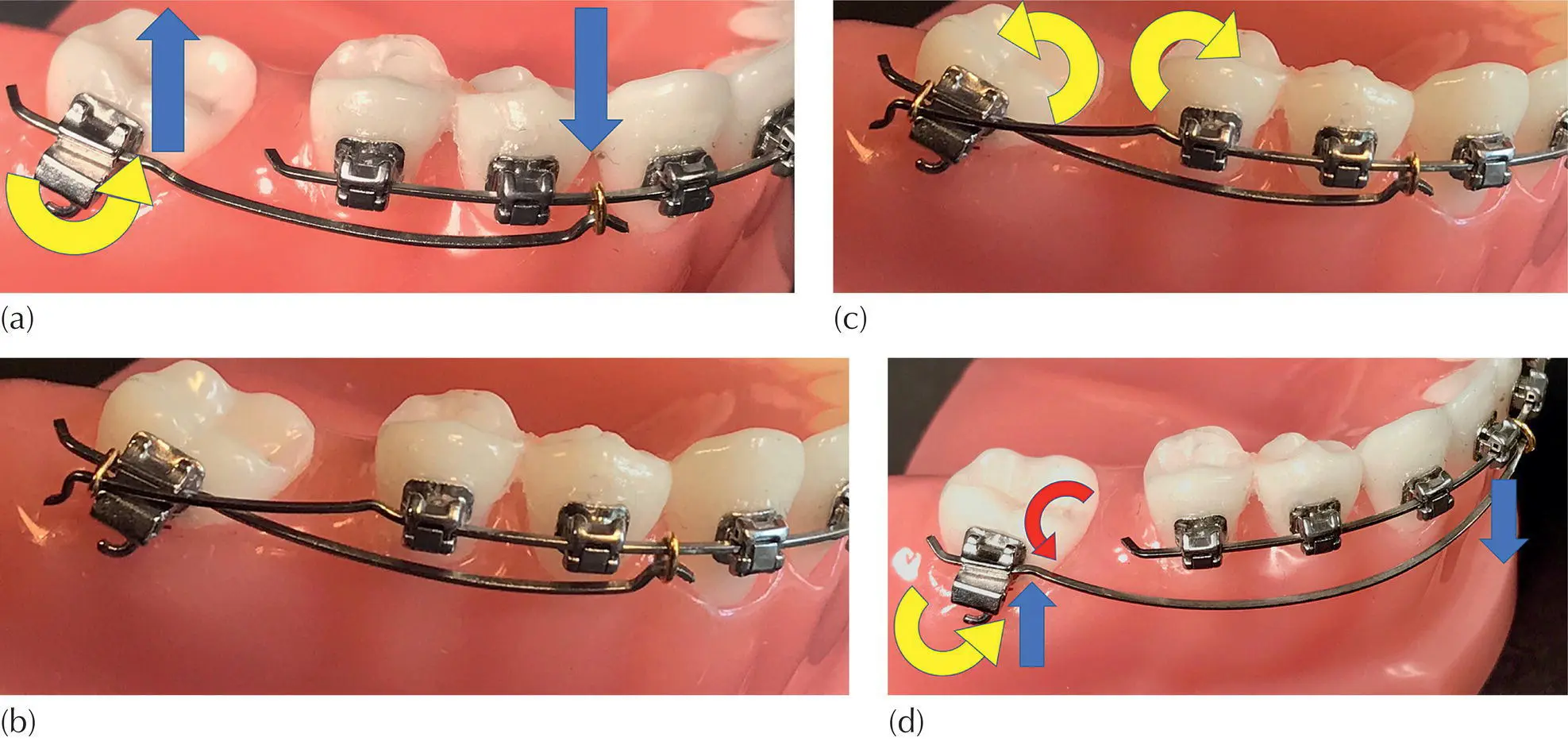
Fig. 3.4 (a) The biomechanical force system generated by a cantilever is a combination of a moment and a force generated at the unit into which the cantilever is inserted. With a one‐point ligation on the other end, only a single force is developed. (b) Base arch extension with V bend placed mesial off centre. The extension and the cantilever have a one‐point ligation using chain links. (c) If extrusion of the molar is contraindicated, the cantilever for uprighting should be counteracted by a second cantilever; alternatively, the base arch should be extended to the second molar with a one‐point ligation at the second molar and configured with an mesial off‐centre V bend as shown above. (d) The force system using a long cantilever.
Molar uprighting, as a pure rotation, where the centre of rotation coincides with the tooth CR, can be produced with two cantilevers by means of a statically determinate force system [2, 14, 15]. Alternatively it may be achieved with a root spring (alpha–beta spring) activated in Burstone geometry VI using a statically non‐determinate force system [2]. As a third option, the base arch may be extended to the second molar with an off‐centre V bend placed mesially ( Figure 3.4b). Because the vertical forces generated cancel each other out, the base arch can be made using 0.019 in. × 0.025 in. NiTi wire. The V bend has to be placed outside the mouth with a hammerhead plier or Sander Memory Maker.
In a statically determinate force system the two cantilevers generate equal and opposite moments and forces to the molar and the anchorage unit. The developed forces thereby become neutralized ( Figure 3.4c) [2].
In brachycephalic patients with good musculature, a long cantilever to the front teeth can be used as an alternative [2, 16]. Instead of 50 cN, which is produced by a medium‐length cantilever, this approach will produce only 30–35 cN of vertical force, which may be controlled by occlusal forces [2, 16]. The force acts lingually, as opposed to both the root spring and the V bend, which act parallel to the dental arch and in close proximity to the CR. Accordingly the points of application of the cantilevers are not necessarily parallel to the alveolar process. Instead, they will be on either side of the CR. This will generate an additional tipping in either the buccal or the lingual directions to the CR of the molar. Using short or medium cantilevers with the point of force application buccal to the CR, the molar is tipped lingually during uprighting. With a long cantilever from the molar to the incisors, the point of force application is lingual to the CR, and the molar is tipped buccally ( Figure 3.4d).
If the second molar needs to be intruded, a second cantilever may be inserted into a vertical tube and welded to the continuous arch between the first and second premolar teeth. It must be tied in a one‐point contact to a short distal extension from the auxiliary tube of the second molar [16].
An increase in cantilever length reduces the load deflection ratio [16]. However, long cantilevers will generate high moments and a permanent deformation of the wire may occur. For this reason, if small forces are needed (50 cN and below), 0.017 in. × 0.025 in. TMA wires have been recommended. Even lower forces may be generated by using cantilevers made of Connecticut New Archwire or NiTi wire. When permanent bends are required to be introduced into NiTi wires, these should be made using hammerhead pliers or the Sander Memory Maker.
If larger forces are needed, wires of the same gauge should be of stainless steel. When using stainless steel cantilevers, an unacceptably high load deflection rate may often be generated. This may be reduced by adding loops to the stainless steel appliance. Moreover, a permanent deformation of the incorporated tip‐back bend may be caused when the cantilever is activated. This may be prevented using a ‘safety pin configuration’ with a 360° helix/coil placed in front of the molar tube, which will be closed when activated [2].
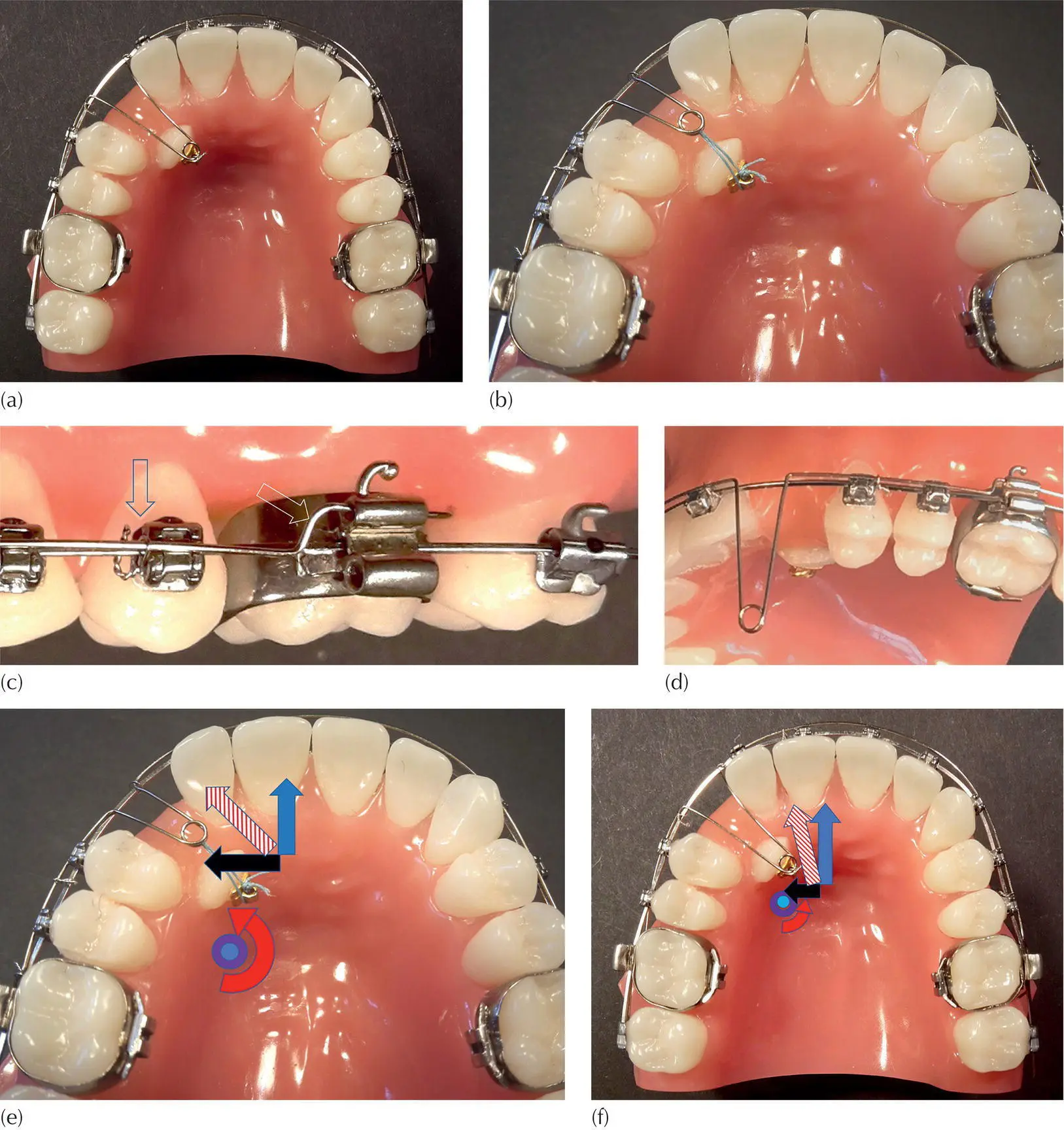
Fig. 3.5 (a, b) Ballista spring. The active configuration may differ in vertical loop length for applying different force values and vectors. The ballista spring may be tied to the eyelet with suture material to prevent soft tissue irritation caused by the cut end of the ligature wire. Patient comfort may also be enhanced by masking the cut end with a light‐cured droplet of ‘flow’ composite material. (c) In some self‐ligating brackets, the light auxiliary labial arch may have stepped ends for better torque generation, but in general the curvature of the arch dictates the extrusive force, whether there is a stepped end or not. (d) Passive shape. In (c) and (d) a continuous archwire is serving as anchorage. Using self‐ligating brackets, the circumferential light auxiliary labial arch is stepped on both ends and engaged in the utility tubes. Using conventional brackets, the arch is ligated ‘piggyback’ to the brackets on the other teeth, over the passive base arch. This is impossible with Damon or any other self‐ligating bracket, which cannot accept two archwires. In anticipation of the arrival of the displaced tooth, the space may be maintained by threading a closed‐coil spring onto the archwire. An additional tie mesial to the molar bands may sometimes be necessary. (e, f) Force direction: vertical force with an oblique transverse force direction in (e) and mainly vertical force in (f).
Ballista springs/torsion springs
The ballista spring ( Figure 3.5a–f) was introduced by Jacoby in 1978 [17]. A cantilever made of round stainless steel wire of varied gauges (0.014–0.018 in.) engages both the headgear and the buccal tube to prevent rotation in the slot. The cantilever arm is extended to the canine area incorporating a 90° bend towards the lower arch. Attaching this arm to the palatally displaced canine by turning it upwards produces the torsion required to provide extrusive force on the canine.
A modification of this concept was introduced by Caprioglio [18, 19]. There are, however, some reservations about this concept, since the resultant extrusive force of 3–4 oz is too high to be physiologically appropriate. In a similar fashion, there are doubts regarding the auxiliaries using reversed mousetrap spring mechanisms introduced by Bowman (Kilroy Spring I for palatally impacted and Kilroy Spring II for buccally impacted canines), both of which develop excessive forces, thereby causing undesired intrusive and transverse side effects on the adjacent teeth [20].
By contrast, more appropriate physiological forces will be applied when using the ballista spring modification of Kornhauser et al., known as the light auxiliary labial arch [21]. A vertical loop pointing downwards in the canine area is fashioned into a preformed circumferential arch of 0.016 in. stainless steel. This full arch auxiliary should always be used as a piggyback wire on a stiff continuous base arch, with both ends being inserted into the auxiliary tubes on the first molars or, occasionally, into the second premolar brackets. Displacing the loop upwards towards a palatally displaced canine produces a twist (torsion) that creates the light extrusive force of 25–35 cN on the canine, with a low deflection rate.
The force delivered to the impacted tooth by this mechanism is derived from the horizontal and upwards deflection of the vertical loop as it deforms the circumferential archform. The force may be reduced by using a finer‐gauge archwire or a lesser deflection. It may be increased by including an offset mesial to the molar band, inserted into an auxiliary tube. Alternatively, an elongated end of the wire, exiting the distal end of the molar tube, may be bent occlusally and in contact with the buccal surface of the molar, prior to engagement of the loop with the canine. Engaging the loop in the canine attachment will then activate the extrusive force. It should be noted here that force measurement of the loaded spring is very simple to adjust and regulate.
Читать дальше
